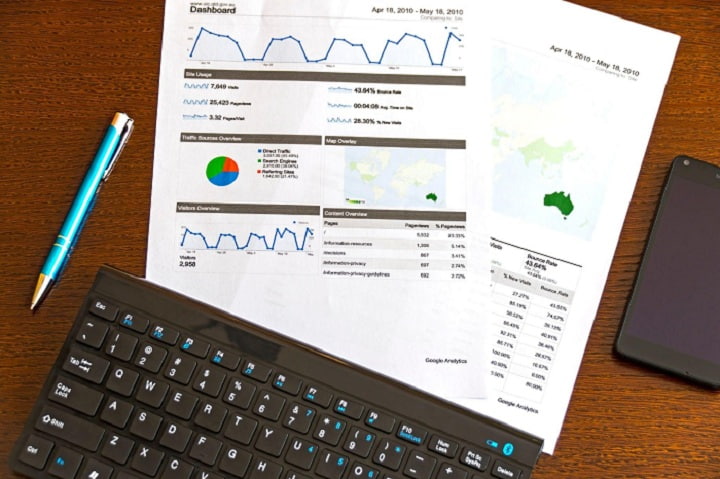The sample size that is necessary to perform quantitative research, of course, varies with the type of panel you’re polling, and the number of people in the overall user group. The larger the user group, the larger the sample pool should be to obtain accurate information.
How big is the sample?
A good sample size for quantitative research depends largely on the number of replies to your survey. It’s termed a sample because it merely reflects a subset of the individuals (or demographic) whose thoughts or conduct you’re interested in. For example, one sampling procedure is to utilize a “random sample,” in which respondents are picked totally at random from the general population.
Keeping this description in mind, let’s look at the following topics:
- The many interpretations of your sample’s data
- The formula for calculating sample group
- Why is it important to have a sufficient sample size for such a survey?
- The importance of sample size changes based on the kind of survey
- Recognizing sample sizes
Here are some crucial concepts to learn in order to determine and contextualize your sample size:
The entire number of individuals in the community you are attempting to examine is referred to as the population size. If you took a random sample of individuals from around the United States, your population is around 317 million. Similarly, if you are polling your workers, the population size is equal to the entire number of employees.
The error margin is a percentage that shows you how well your survey findings will represent the opinions of the general community. At a particular confidence level, the lower the margin of variation, the nearer you are to getting the precise answer.
Sampling level of confidence: A percentage indicating how certain you are that the population will choose an answer within a given range. A 95 percent confidence level, for example, suggests that you may be 95 percent positive that the findings will fall between x and y figures.
Things to keep an eye out for when estimating sample size
- If you want a reduced margin of error with the same population, you must have a bigger sample size.
- The greater your sampling confidence level, the bigger your sample group will need to be.
- Is it important to have a statistically meaningful sample size?
- In general, the greater the sample population, the more significant statistically it is—that is, there is less of a possibility that your findings occurred by accident.
However, you may be asking if a significant statistical sample size is important. The fact is that it is a case-by-case basis. Without a study population that is representative of the overall population, survey sampling may nevertheless provide significant results. Feedback from customers is among the surveys that does so, irrespective of whether or not the sample size is statistically significant. Listening to consumer feedback can provide you with useful insights into how to enhance your firm.
Political pollsters, on the other hand, must be exceedingly cautious about surveying the appropriate sample size—they must ensure that it is balanced to represent the broader population. Here are some concrete examples to help you determine if a significant statistical sample size matters.

Staff and human resource questionnaires
Are you putting together an employee survey? All HR surveys give valuable information about how workers feel about their workplace or your organization. A significant statistical sample size might provide a more comprehensive picture of workers in general. Even if your sample size isn’t statistically significant, you should still submit the survey. HR-related surveys may provide valuable input on how to enhance the workplace.
Customer satisfaction polls
As previously stated, satisfaction surveys do not always need a statistically meaningful sample size. While it is critical that your replies be correct and reflect how consumers feel, you should check closely at each response in a customer feedback. Any comment, whether good or negative, is valuable.
Market investigation
A statistically meaningful sample size may make a great impact when performing a market research study. Market research surveys may assist you learn more about your consumers and target market. As a result, a significant statistical sample group may simply assist you in gaining insights into your whole target market. It also ensures that you are receiving the most up-to-date information.
Education polls
We propose obtaining a significant statistical sample size that is representative of the population for education surveys. If you want to make changes at your school based on student input regarding the institution, instructors, professors, and so on, a statically meaningful sample size will assist you in obtaining findings that will lead your school to success. If you just want to get input from students to see what they think, rather than making changes to the system, a statistically relevant sample size may not be as critical.
Health-care polls
When undertaking healthcare surveys, a statistically sound sample size might help you determine which health concerns are more important to your patients than others. It may also assist you in reaching findings in medical research. However, if you’re utilizing Healthcare Surveys to gauge patient satisfaction or to inquire about their usual treatment, a significantly positive sample size may not be as crucial. Without it, you can still obtain valuable information about individual patients’ needs and experiences from them.






















